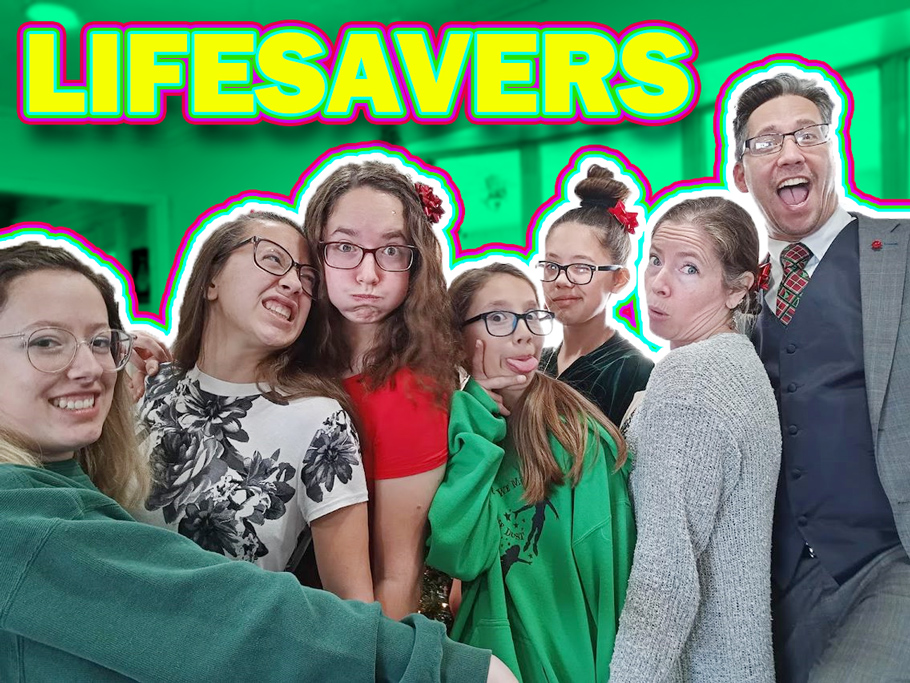Years ago, my father undertook a new hobby that moved him on to the next level: reloading. It's not difficult to learn how to reload, but it's the kind of skill that requires a lot of observation and thinking to get it down right and consistent. My Dad acquired a slew of reloading equipment, and used it to manufacture thousands of rounds in a myriad of calibers.
About the time my father passed away in 2015, I was already toying with moving up to the next level. A friend of mine already had some casings that needed reloading, and he had all the equipment save a few pieces. What he needed was somebody to think through it with him, and get him doing it. Together we figured out all the steps and successfully reloaded 25 .223 rounds. Each of them shot perfectly, which is an impressive feat considering it was our first time reloading and we didn't miss anything.
All of Dad's reloading equipment lay idle until several months after his funeral, when Mom rounded us all up and decided we were going to divide up the guns. I made a pitch for the reloading gear to see if either of my brothers desired it. They both agreed that I would inherit one less firearm, and that should cover the reloading equipment. And thus, I acquired all the equipment necessary to do the job, along with a fair supply of materials to get the job done.
However, I didn't get the job done.
It would take two years before I had motivated myself enough to start building bullets — and this week, was the flash point. I've been shooting more and training more, and it makes sense to collect my brass. For the un-initiated, there are 4 basic parts to what everyone calls a "bullet." For my explanation here, we'll call it a "cartridge." A cartridge consists of 1) the brass casing that holds everything together; 2) the powder, whose explosive expansion propels the 3) bullet out of the gun, and 4) the primer, which sets off the explosion in the powder. Those four pieces, when properly combined form a perfectly safe inert cartridge that because a lethal round once it's properly engaged in the chamber of a firearm.
So, I've been collecting my brass, the only part of the cartridge that can actually be reused (the primer is spent after it explodes, the powder is gone after it burns, and the bullet is long gone out of the barrel). If you collect your brass, you can reload it and use it again, thus reducing your ammo expense and increasing your understanding of ballistics, which leads to an automatic increase in shooting enjoyment.
The problem is that if you collect all this brass, it takes up space if you don't do anything with it. I decided I had collected too much brass — it was overflowing the sizable box I had allocated to collect my brass. That meant it was time to tumble it. To clean brass, you tumble it in a vibrating tumbler with an aggressive media like crushed walnut shells or small steel rods. These brush the case over and over and essentially scratch it clean.
After you've got clean brass, you de-prime it, to get rid of the primer in the bottom. (The primer is the button at the base of a cartridge. When someone pulls a trigger on a firearm, the hammer comes back and at the release, the hammer falls on the firing pin, driving it into the primer, which explodes into the powder.) You use a press to seat the bullet up into a cast die, which removes the primer. Then, you change the die to flare the case (brass) to receive powder and a bullet. After you flare the case, you need to fill the case with the appropriate amount of powder, though a powder thrower. After the powder, all you need to do is seat the bullet and maybe crimp the case (depends on the cartridge). You use another die to seat the bullet and to form the brass case back to a straight wall (to remove the flare we put in it to put the bullet in).
So, if that sounds like a lot of work, it is. It takes a huge amount of attention to detail to get the process correct, but once you've got it, you can set your brain to autopilot to just build ammunition.
So, today, I join the ranks of reloaders. I have officially completed my first batch of 9mm Luger. It's 115 grain bullet set atop 6.5 grains of smokless Power Pistol powder on top of a small pistol CCI 500 primer inside my polished brass. I made 18 rounds due to the fact that's what my reloading tray would hold. It also happens to be the number of rounds I can put in my M&P 9mm if you load the 17-round magazine and chamber the last round.
I've still got to shoot them to ensure they cycle perfectly, but I'm working from my Dad's recipe. I have good confidence that the recipe is good. Still, there may be mechanics beyond the materials that I have overlooked. We shall see. I intend to shoot these round over the course of the next week or so to ensure they all cycle and see what I can learn.
 |
| The new home for Dad's reloading press, a single-stage RCBS. |
 |
| My 18 new little babies...all dressed up to fly. |
 |
| Just need one more in the chamber. It'll be a good shooting day. |


No comments:
Post a Comment